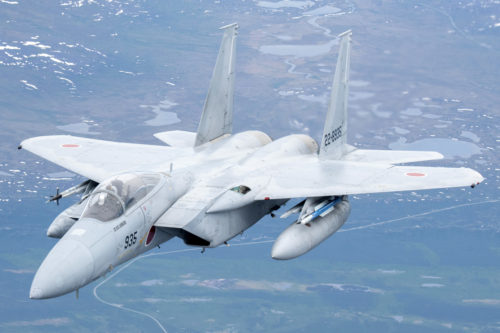A massive joint exercise in Japan, aptly named the “Japan Self-Defense Forces Joint Exercise (JX),” will kick off nationwide on Nov. 10. The exercise will involve approximately 40,000 members of the Japan Self-Defense Forces and the U.S. military. While this exercise encompasses various aspects of military preparedness, one particular highlight is the planned movement of aircraft, with Japan Air Self-Defense Force (JASDF) fighter jets conducting training scenarios that include take-offs and landings at civilian airports not typically used for such operations.

In this exercise, the scenario contemplates a situation where JASDF bases are rendered inoperable, prompting the deployment of military units using alternative means. “Touch-and-go” landings of F-15 fighter jets are slated to take place at two airports in Kagoshima Prefecture, namely Tokunoshima and Amami. Furthermore, at two airports in Okayama and Oita, F-2 fighters will land, refuel, and then take off again. Notably, the use of civilian airports in this capacity during the JX marks a significant departure from conventional procedures.
Keishu Yoshida, the Chief of Staff of the Joint Staff of the Self-Defense Forces, highlighted the importance of such training during a press conference, noting that preparing for alternative means of deployment when primary bases are inaccessible is crucial.
The exercises, set to run until the 20th, go beyond air operations. For the maritime transportation of units and equipment, the exercise calls for the utilization of ten civilian ports and vessels stretching from Hokkaido to Okinawa. Additionally, Tokunoshima is slated to host various exercises related to island defense, encompassing activities like parachute drops of Ground Self-Defense Force units from U.S. military aircraft and strategies for preventing enemy landings.
For more information, hit the Source below